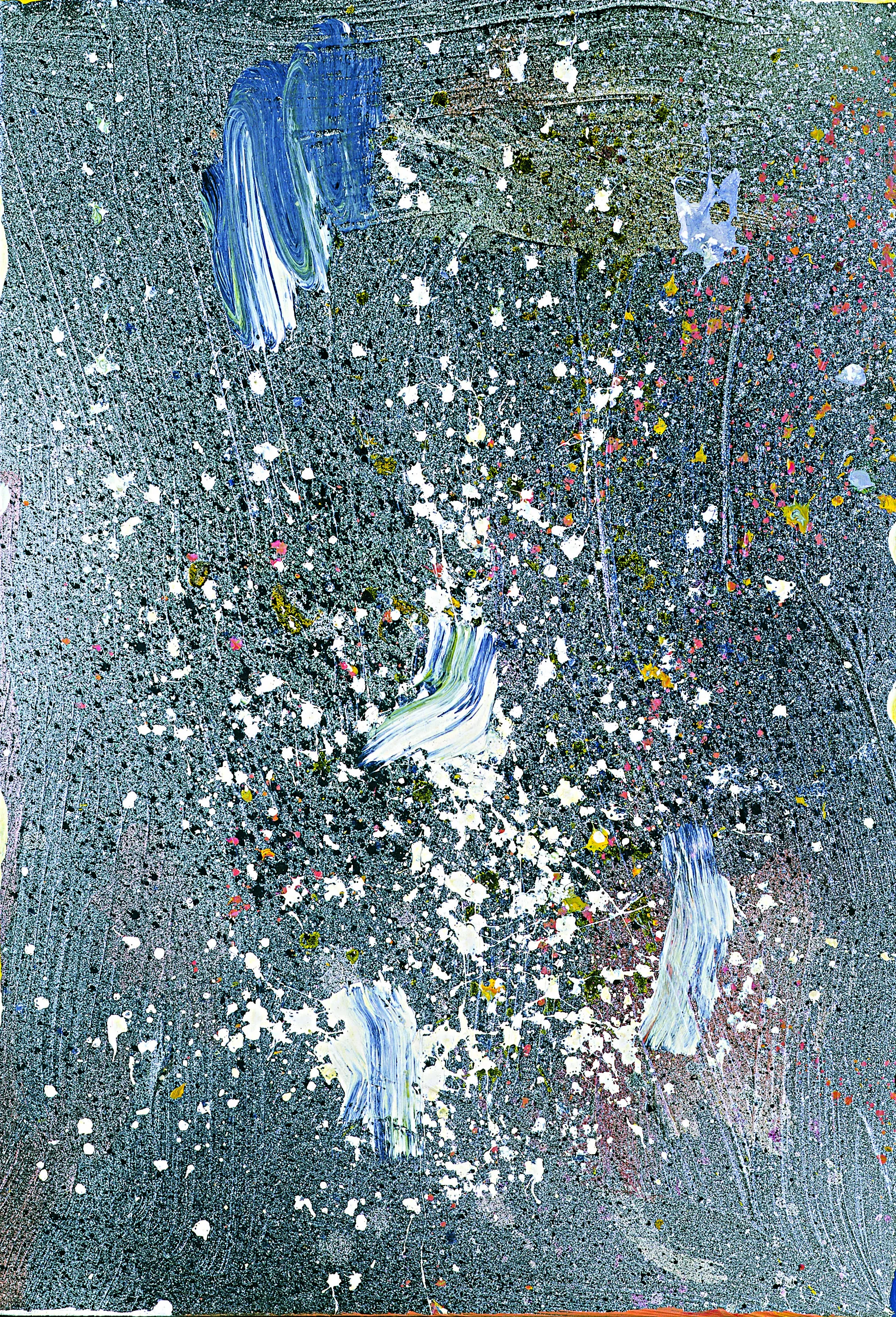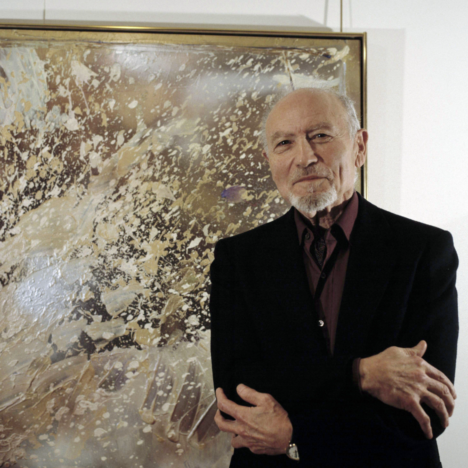
Jules Olitski
Oeuvres récentes
Œuvres récentes
It’s a textural effect that Olitski seeks to suggest, an effect that he achieved in the mid-60s thanks to a new technique that defined a new form of painting for him: the “spray” technique (vaporization of color using a compressor) enabled the painter to express color as such – nothing but color – while avoiding the boredom inherent in this kind of approach. Pulverized, i.e. broken up and exposed to the eye in the form of tiny droplets, color ceased to be a monotonous surface even though it remained a monochrome surface; it ceased to unfold a uniform landscape even though it continued to designate a homogeneously accentuated color field where the image, occupying the entire pictorial space, merged with it. Today, Olitski has complicated and refined his technique still further (he also uses the brush and roller) but his purpose is always the same: no drawing, no segmentation of the surface, nothing but the “display” of color at the origin of his emotion as a painter. Abstraction thus becomes a positive value for him. To be an abstract painter is no longer to deny the figure; it’s to embrace painting at its most formless, primitive and elusive. There is, no doubt, a mystical element in this approach.
Catherine Francblin, Le Quotidien de Paris, 14 novembre 1984
For more details, please contact our archives
The artist

Born in 1922 in Soviet Russia, Jules Olitski emigrated to the USA at a very young age. He was a master of Color Field Painting. After perfecting a spray-painting technique for laying colour onto his canvases, in the 1970s he went on to develop new techniques, spreading colours with a cloth or scraper or laying them on with a roller to create thickly structured surfaces. Jules Olitski died in 2007.
